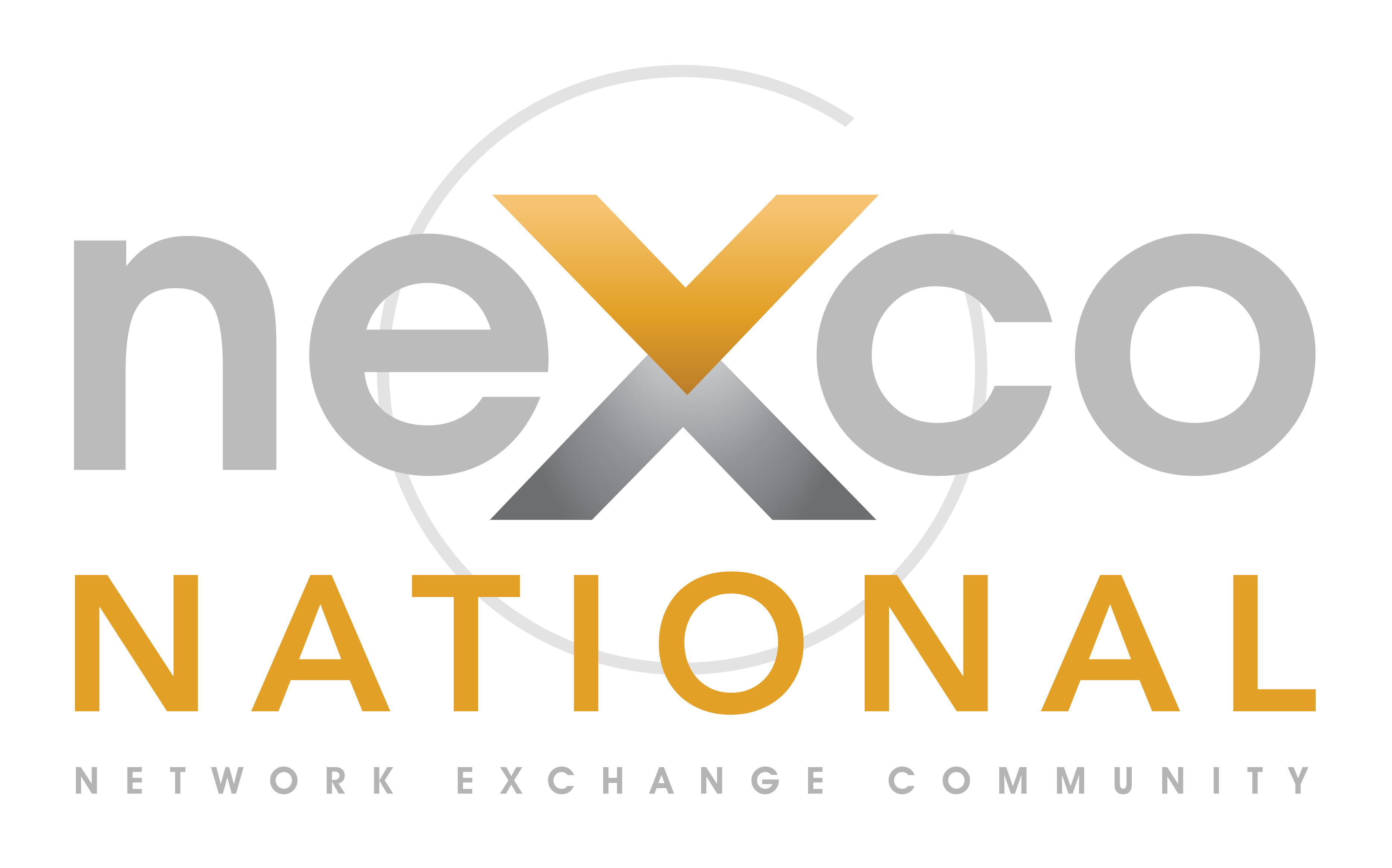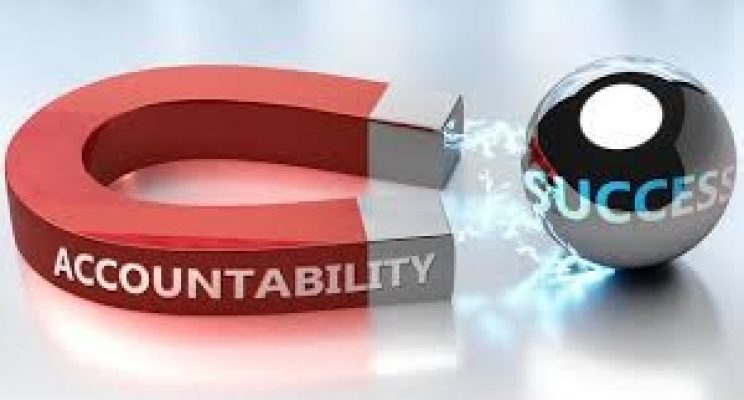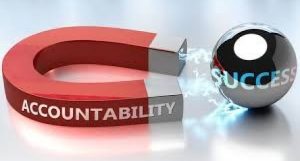Holding people accountable is key to creating a productive, trusting and engaging environment. The best environment is one where innovation and creativity can flourish!

Not holding employees accountable for poor performance is sending them a message that it’s acceptable. And guess what? You tend to get the same poor results over and over.
What is worse, is the ramifications of the poor performers usually fall on your high performers. A lack of accountability, in essence, rewards poor performers and punishes the high performers, who now have to do the clean-up.
Holding employees accountable is important, but it can be a struggle.
Why is it so hard?
- Holding employees accountable is hard if expectations are not clear. Accountability relies on structure and clarity of responsibilities.
- People aren’t comfortable having “confrontational” conversations. We want to be “nice” and avoid conflict or difficult conversations.
- Management styles are changing. Previously, a more top-down, disciplinarian approach was common but, it’s been found, a more collaborative coaching style of leadership is preferred. However, this management style is new and there are very few role models demonstrating this type of approach.

Accountability – Lead by Example
Let’s first look at mindset… Accountability starts with you!
“If your employees aren’t doing what you want… It is your responsibility.”
The accountability falls on you because you either didn’t hire the right person or you didn’t set them up to succeed.
When addressing poor performance, your goal isn’t to tear the person down but to push them to perform better.
Making them defensive or demoralizing them won’t achieve your goal.
You want to:
- Identify and correct the underlying issue
- Coach them to choose different behaviors/ actions
- Define how you will support them
How you deliver the message will make all the difference in their ability to “hear” the feedback and their ability to absorb it and make changes.

1. Establishing Clear Accountability
RACI Chart
A good way to define who is accountable for each activity is by using a RACI chart. This enables you to define who is Responsible, Accountable, Consulted and Informed (RACI) for each activity. List the activities as rows, list the job functions involved as columns, and then put either R, A, C, or I in for each activity and job function. Identify one ‘A’ for each activity.
If you have never done this activity before, it can spur a lot of useful conversations.
Remember to make someone accountable for hand-offs between people and groups. If you don’t, projects and tasks can easily fall between the cracks. No tossing something over the fence without checking to see if the other party intercepted it!

Multiple Levels of Accountability…
A question that comes up a lot is something like this….
If an employee does something wrong and the manager doesn’t catch it, who is accountable?
The answer is both…
The employee is accountable for doing something wrong.
The manager is accountable for not catching it.
Each individual is accountable for their role of the overall function.
2. Address the Issue
Timing…
The right time to address poor performance? As soon as you can without high emotions.
If your emotions or the employee’s emotions are high, it is best to wait a day or two before addressing the poor performance. This will allow both parties a chance to step away and gain perspective.
To address the issue… Let them explain their perspective – ask “What was your thought process?”

Sometimes to make the feedback easier to take, you can add how different behaviors or actions could have caused even worse outcomes. It lets them know that they didn’t totally mess it up!
3. Be a Cheerleader!
- Coach them, guide them on how to improve performance.
- Ask what they need to help them perform better.
- Get them to commit to trying to improve their performance going forward
- Tell them you have confidence in them to perform better going forward and that you are there to support them in that goal. And mean it!
Follow these steps and you will be able to help your employees understand how poor performance will be addressed, and that you will challenge them to improve.
Need help turning your strategy and goals into action?
Visit www.dynamicbc.com to get our white paper on how to set up a Goal GPS system to define your path to your destination, monitor progress and adjust to keep you on the quickest path to your goals.
Gretchen Richards is CEO of Dynamic Business Capabilities, a management consulting firm dedicated to helping small to midsize companies get to their next level of profitability and impact, by helping them improve “the way their business does their business”.
www.dynamicbc.com
https://www.linkedin.com/in/gretchen-richards-dynamicbc/
For questions, comments or more information please contact me at gretchen@dynamicbc.com
















